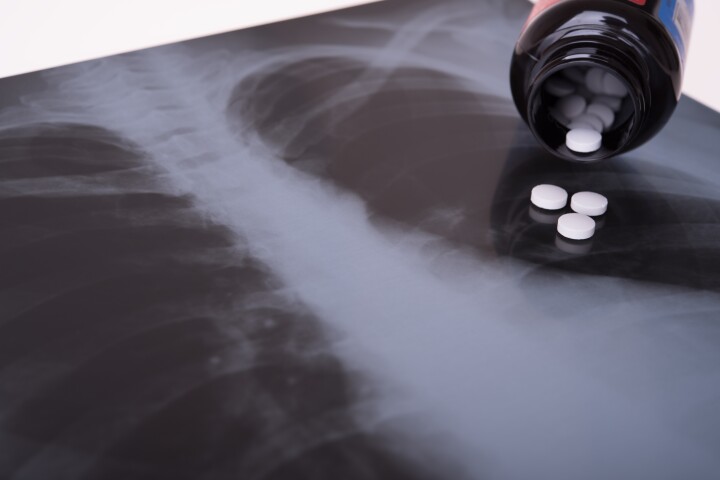Terrorism
-
Sinclair International has begun human trials of a new anti-radiation drug called HOPO 14-1 that is designed to help decontaminate those who have been exposed to radioactive elements as a result of a nuclear accident or dirty bomb attack.
-
ScienceMacGyver is alive and well and living in Austin Texas, where researchers have come up with a simple and affordable chemical weapons detector, made out of an iPhone, a UV lamp, a standard 96-well test plate and … a bunch of Lego bricks.
-
When a terrorist attack happens, every second counts in terms of response time. A new rubber glove could not only help first-responders quickly detect dangerous nerve agents like sarin and VX, but it could also help ensure a safe food supply.
-
ScienceRecently, a geneticist was mysteriously abducted in Washington DC, leading to the US government deploying a small army of detectives to foil a dirty bomb plot. At least, that was the fictional scenario of a DARPA field test of the SIGMA project developing technology to combat nuclear terrorism.
-
Saab has developed its Sea Wasp underwater ROV for neutralizing terrorist IEDs planted in confined harbor areas.
-
Researchers at the University College London (UCL) have developed a new sensor with the ability to simultaneously detect five commonly-used explosives. Currently in the prototype stages, the device could one day be used to improve security in public spaces.
-
To help prevent a midair tragedy from occurring again, a European consortium, including the University of Sheffield, is developing Fly-Bag; a flexible fabric and composite liner capable of containing explosions inside an aircraft to improve its chances of survival.
-
A team from Northwestern University has developed a new material capable of neutralizing nerve gases. The zirconium-based NU-1000 is not only useful not only disposing of stockpiles of such toxins, but also for use in gas masks and protective suits for soldiers and rescue workers.
-
With more goods passing through the world's shipping terminals and airports than ever before, hunting explosives is a bottleneck. To help US counterterrorism efforts, GE has developed RFID stickers that act as wireless, battery-free explosives detectors that can be placed almost anywhere.
-
The United States Navy's Office of Naval Research (ONR) is developing a fleet of robotic patrol boats that can not only act as escorts for larger warships or merchant vessels, but can also autonomously swarm around a threatening craft and destroy it.
-
Avon Protection showcased a new respirator-helmet combination at this week's Counter Terror Expo. The HMK150 provides chemical, biological, radiological and nuclear (CBRN) protection. It is designed for use in situations such as riot control, where there may be both violence and toxic gases present.
-
ScienceWhen people make improvised explosive devices, many of the waste products end up simply going down the drain. With that in mind, the European Union-funded EMPHASIS consortium is now developing technology to track those chemicals within the waste stream, so that their point of origin can be located.
Load More











